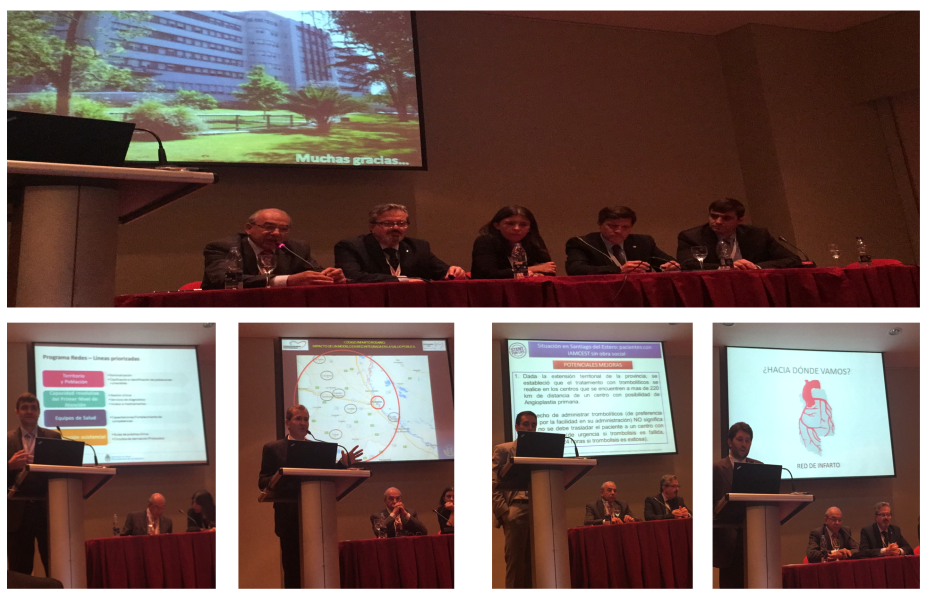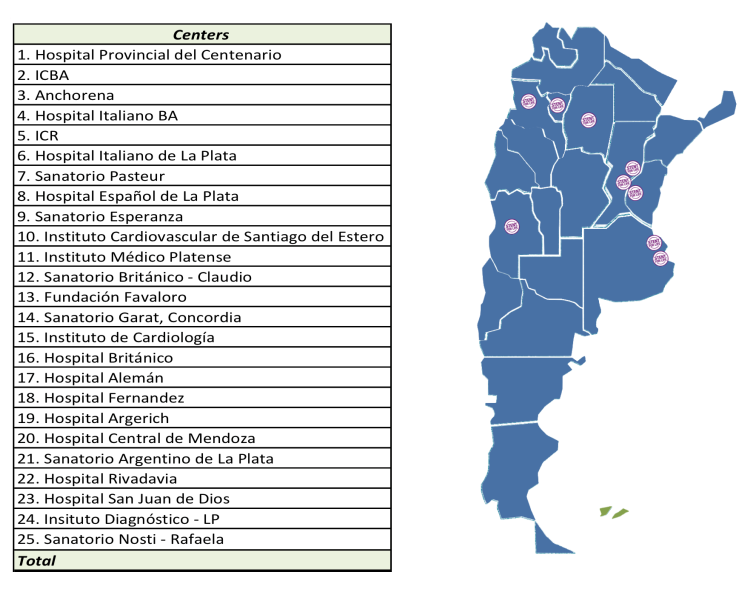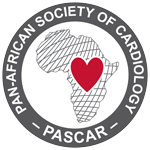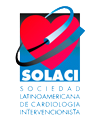Creating reperfusion culture for STEMI patients
We are reaching the end of the second year of the Stent Save a Life Argentina Initiative.
During the first year, we determined the main barriers that exist in the management of STEMI patients in our country. The most significant barrier is undoubtedly our health system that is organized around three main providers: the public system, the social security and the private insurance, which is highly fragmented with a low integration between parties.
There are multiple EMS services with absence of systematic referral pathways which, as a result, causes variations in ambulance equipments and in medical and paramedical training. In addition to this, most of the centers with and without p-PCI capacity neither have triage in the guard to speed up the diagnosis of patients with manifesting symptoms of STEMI, nor do they have STEMI pathways or door-to-balloon programs.
Apart from this situation, there is no reperfusion culture in the majority of the medical community.
In this context, we decided to choose model regions formed by private or public centers with the objective of developing door-to-balloon programs in each one.
Each pilot center must meet the following criteria to participate:
- To agree to work to meet the objectives of the Stent Save a Life Initiative
- To create a multidisciplinary team to treat STEMI patients
- To establish algorithms for STEMI patients based on clinical guidelines
- To record each patient in a common database

We determined three goals for 2016:
1) To participate in every congress to show the progress of the SSAL Initiative.
2) To establish door-to-balloon programs in each of the model centers:
As a first step, the model centers are to organize and create multidisciplinary teams which will generate commitment and reperfusion culture, so that once they are systematized, they can integrate the emergency services and centers without p-PCI capacity in a second stage.
Regardless of whether they are private or public centers, we help to create door-to-balloon programs in each of them; in the case of private centers, we work on a second stage to integrate the EMS to preactivate the center and get the majority of patients treated within the times recommended by the clinical guidelines. Concerning the public centers, we will start working together with the Ministry of Health to create STEMI networks.
All the centers enter their patients in a common database and each month they receive a report with their times according to the first medical contact, specifying which are within the times recommended by the Guidelines and which are the ones that they have to improve.

We started in March with 13 centers and currently there are 25 participating from 7 provinces. Every month we add new ones; by the end of November, 927 STEMI patients were included.
3) To start working with the Ministry of Health:
During our National Congress held last October, we organized a meeting with all the participating centers, with the participation of Dr. Nestor Perez Baliño, Vice Minister of the MOH, and Dr. Gabriel Gonzalez, National Coordinator of the Network Program, who have given us the support and committed to work together to develop STEMI networks in public centers.
During this meeting, three examples of STEMI networks in different stages of development were presented: the STEMI Network of public hospitals of the City of Rosario, the STEMI Network of the City of Mendoza and that of the City of Santiago del Estero.
With more than a hundred attendees, this meeting sought to reflect the commitment we have made daily to fulfill the mission of the Stent for Life Initiative.
Alfonsina Candiello, SSAL Argentina Project Manager






